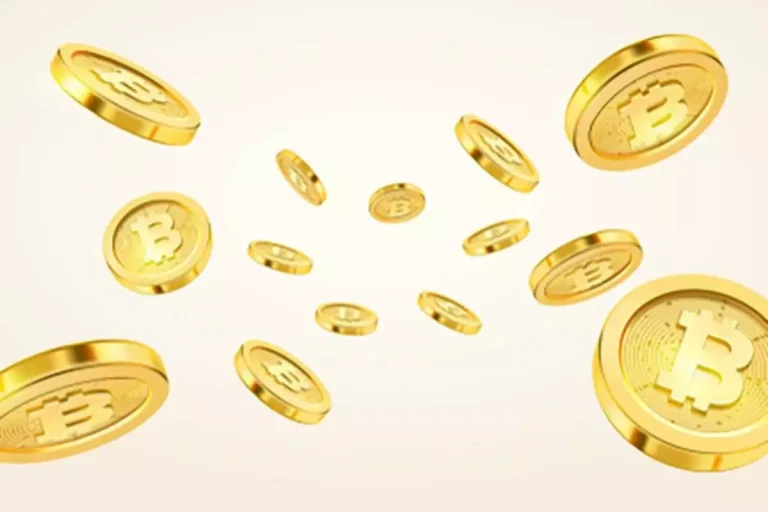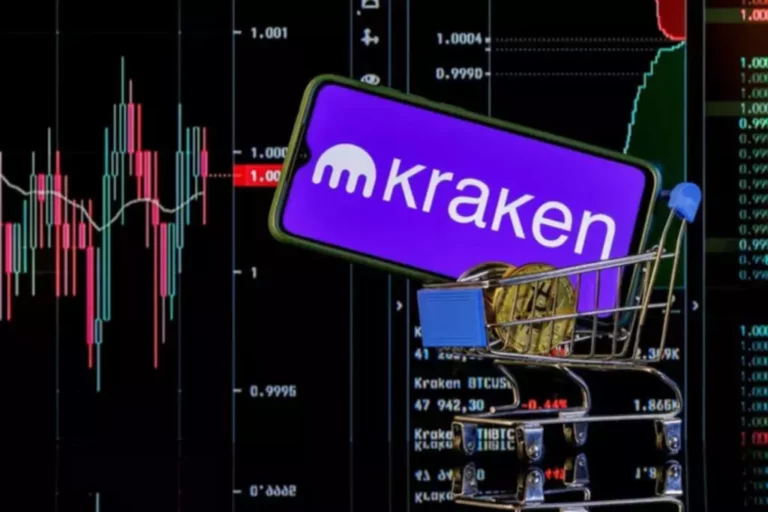Content
It’s how cryptocurrency like Bitcoin is bought and sold. Like, nobody is using NFTs in video games — they’re just buying them and hoping the price goes up. But the NFT market appears to how to create a non-fungible token be cooling off these days, with falling transaction values and canceled auctions of high-dollar NFTs.
What are the most expensive NFTs?

You can post an Instagram of the Mona Lisa next time you visit Paris, or you can even buy a faithful real-world reproduction. But there’s only one version that’s commonly accepted to be the true copy, and https://www.xcritical.com/ that’s at the Louvre in Paris. It can be harder to discern the difference between an original and a copy of something when they are both digital — and often you can’t tell the difference — but the underlying idea is the same.

Use cases of NFTs in science and medicine
You can trace the origins of NFTs even further back to 2012 when Meni Rosenfeld published the “Colored Coins” whitepaper. “Colored Coins” describes the methodology for representing and managing the ownership of real-world assets on a blockchain. A work called Mining pool Nyan Cat by Chris Torres sold for $590,000 recently. It’s part of growing interest in digital assets, known as nonfungible tokens, or NFTs, that are generating millions of dollars in sales every day. NFTs and Ethereum solve some of the problems that exist on the internet today. As everything becomes more digital, there’s a need to replicate the properties of physical items like scarcity, uniqueness, and proof of ownership in a way that isn’t controlled by a central organization.
Unenforceability of content ownership
For example, a bitcoin is fungible — trade one for another bitcoin, and you’ll have exactly the same thing. A blockchain is a type of database used to store and organize information. Traditional databases arrange information into rows and columns that make up tables. This makes the information easy for computers to recognize.
Amazon’s online car dealership with Hyundai is now live
The New York Times talked to a few teens in the NFC space, and some said they used NFTs as a way to get used to working on a project with a team, or to just earn some spending money. But we have seen big brands and celebrities like Marvel and Wayne Gretzky launch their own NFTs, which seem to be aimed at more traditional collectors, rather than crypto-enthusiasts. While I don’t think I’d call NFTs “mainstream” in the way that smartphones are mainstream, or Star Wars is mainstream, they do seem to have, at least to some extent, shown some staying power even outside of the cryptosphere. Linkin Park’s Mike Shinoda (who also sold some NFTs that included a song) actually talked about that. It’s totally a thing someone could do if they were, in his words, “an opportunist crooked jerk.” I’m not saying that Logan Paul is that, just that you should be careful who you buy from.
A study by Chainalysis found that whitelisted users who resold their NFTs made a profit 75 percent of the time, versus 20 percent of the time for nonwhitelisted users. It’s true that most NFTs aren’t valuable because they’re useful. And at the high end of the market — like the Bored Ape Yacht Club, or the NFT collections being auctioned off by Sotheby’s for millions of dollars — a lot of the value boils down to speculation and bragging rights. (And maybe it will turn out not to be!) But people who are into NFTs think that this idea of being able to claim ownership of digital files is a radically important concept. NFTs really became technically possible when the Ethereum blockchain added support for them as part of a new standard.
• We’re entering the metaverse era — an age in which more of our daily interactions and experiences will take place inside immersive digital worlds, rather than in offline physical spaces. In many NFT sales, what the buyer gets is simply the unique entry in the blockchain database that identifies them as the owner of the digital good — the token, rather than the thing the token represents. In addition, many projects are corrupted by a practice called “whitelisting,” in which certain people are invited to buy their NFTs before they’re available to the general public. Whitelisting means that many profits flow to well-connected insiders, who get their NFTs at a discount and can sell them for more once they’re released publicly.
- At one point I thought that the kittens would be used in games in a somewhat interesting ways.
- Physical money and cryptocurrencies are “fungible,” meaning they can be traded or exchanged for one another.
- The NF in NFT — for non-fungible — best distills its most distinct feature.
- In that sense, an NFT is more like buying a piece of art.
- We believe everyone should be able to make financial decisions with confidence.
Security issues relating to NFTs are most often related to phishing scams, smart contract vulnerabilities or user errors (such as inadvertently exposing private keys), making good wallet security critical for NFT owners. William Shatner, best known as Captain Kirk from “Star Trek,” ventured into digital collectibles in 2020 and issued 90,000 digital cards on the WAX blockchain showcasing various images of himself. Each card was initially sold for approximately $1 and now provides Shatner with passive royalty income every time one is resold. For instance, among the 1,000 pieces, a creator might decide that 10 of them will have a different colored background and only one of them will have a patterned background.
An NFT allows its buyer to say that they own the original copy of a digital file, in the same way you might own the original copy of a piece of physical art or the master file of a music recording. In some cases, NFTs have fetched staggering sums, like the collage created by artist Beeple that sold for $69 million in 2021. However, interest in NFTs has cooled significantly amid the overall market downturn for cryptocurrency and related investments. When someone “creates” or “mints” an NFT, they’re basically telling the smart contract to give them ownership of a particular NFT. This information is securely and publicly stored in the blockchain. Ethereum token standards were developed to achieve exactly this.
These involve specific sets of smart contract functions that a token must be able to perform in order to be compatible with all other tokens, platforms and services in the broader Ethereum ecosystem. If it is tokenized real estate, the NFT would be exchanged for the property’s market value, which, if it has appreciated, would generate a return for the seller. If the NFT were an image of a monkey in a hat, it would depend on that specific token’s market value. If its price had increased since it was last purchased, a seller would earn a profit. Like physical money, cryptocurrencies are usually fungible from a financial perspective, meaning that they can be traded or exchanged, one for another.

When she isn’t feverishly working to meet a deadline, Robyn enjoys hanging out with her kids, drinking coffee, reading, and hiking. But keep in mind, an NFT’s value is based entirely on what someone else is willing to pay for it. Therefore, demand will drive the price rather than fundamental, technical or economic indicators, which typically influence stock prices and at least generally form the basis for investor demand. In other words, investing in NFTs is a largely personal decision.
NFTs are digital assets that are stored on a blockchain. They represent various forms of digital items or content and may even be tethered to physical assets. Ownership of these assets is recorded in the blockchain, creating an immutable record that enables the selling and trading of NFTs. In order to buy an NFT, you must have a digital wallet (or, crypto wallet) to register and store it.
Listen, one of the most successful NFT-based games is kind of a weird version of feudalism, and also got mega-hacked. When real game developers like Ubisoft and the studio behind STALKER have said they’d integrate NFTs into their games… The companies have either had to scrap their plans entirely or severely tone down the amount of blockchain stuff in their games.
If you contribute to ethereum.org, you can claim a NFT. They can also sell individual digitals items they accrue during gameplay such as costumes, avatars and in-game currency on a secondary market. Eos, Neo and Tron are examples of other leading blockchains that have also released their own NFT token standards to encourage developers to build and host NFTs on their blockchain networks. While NFTs themselves are exchangeable (in the sense that you can buy and sell NFTs from/ to other people) the unique traits of each NFT mean it has its own distinct value.
